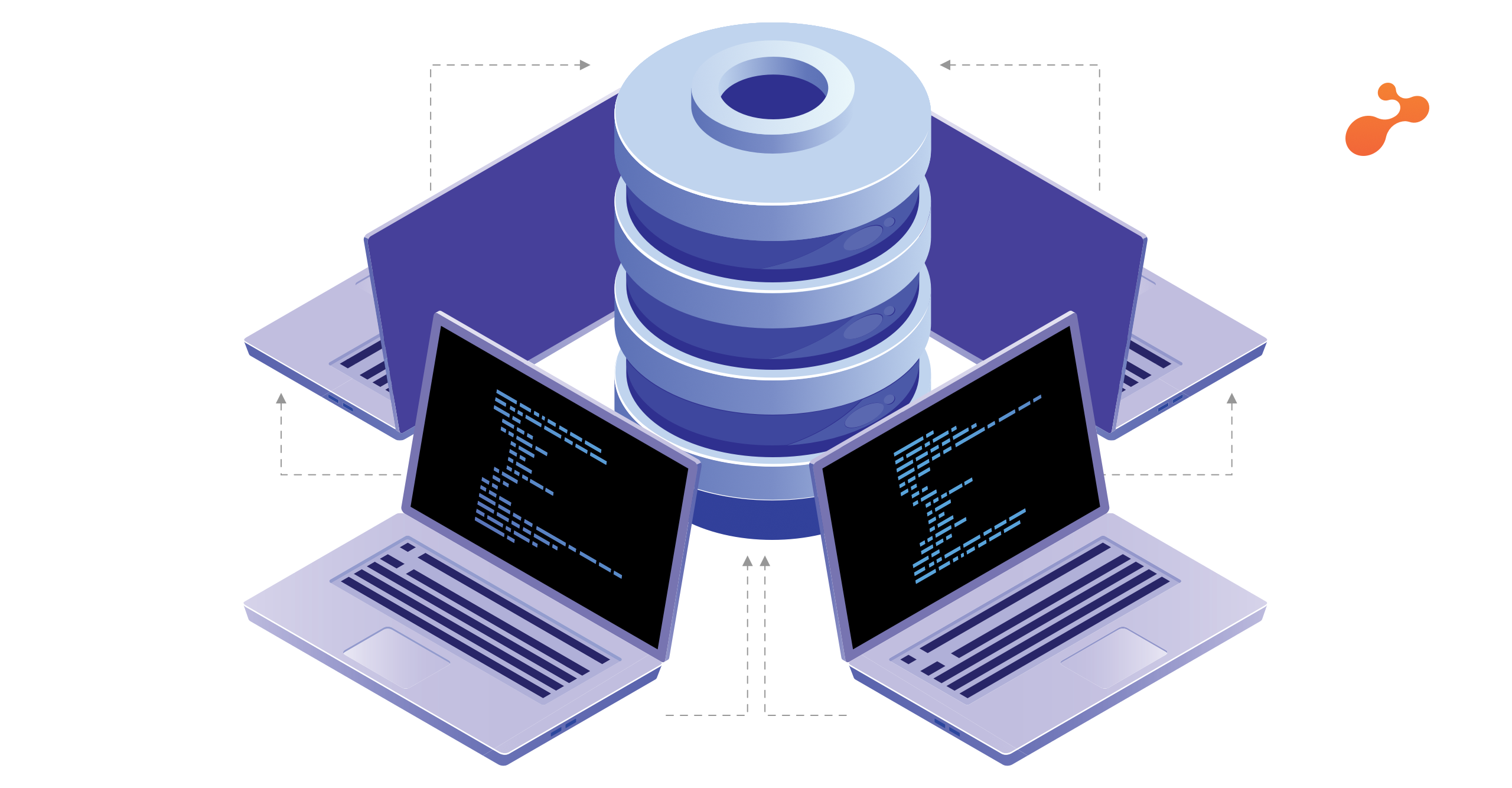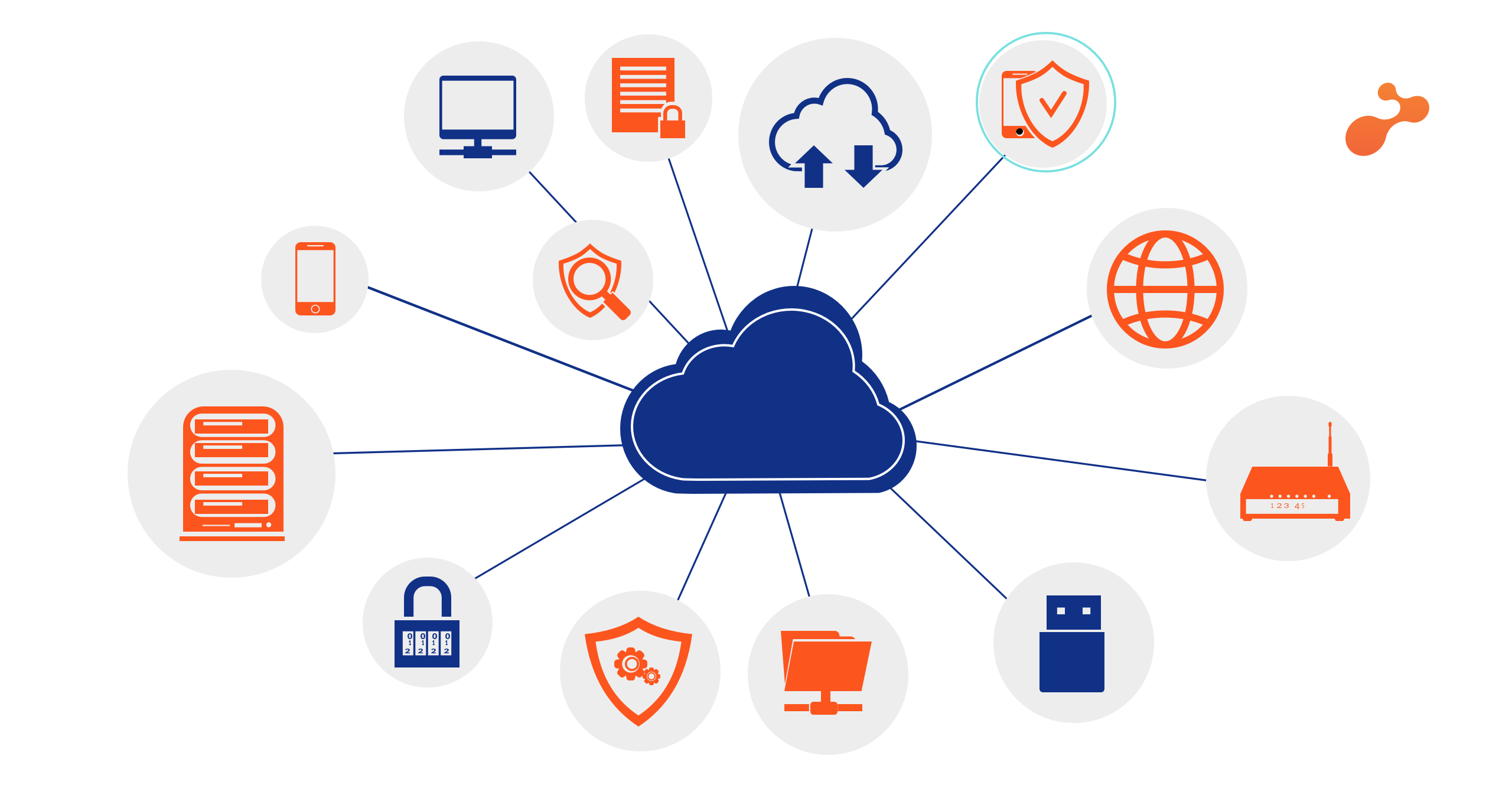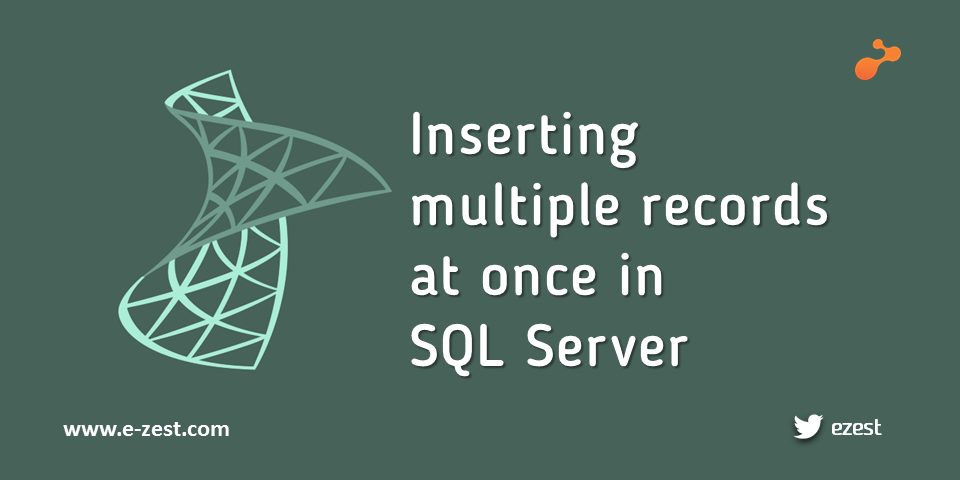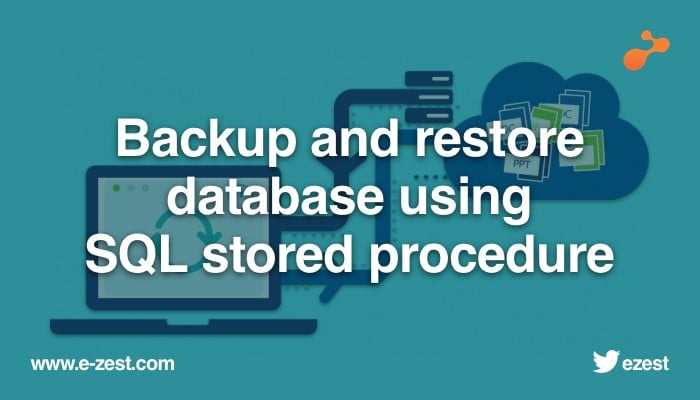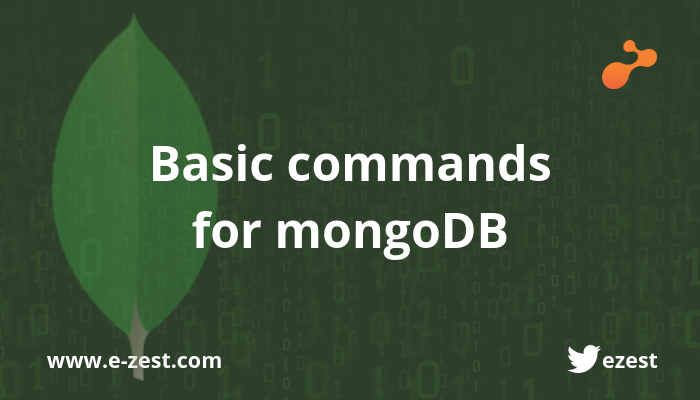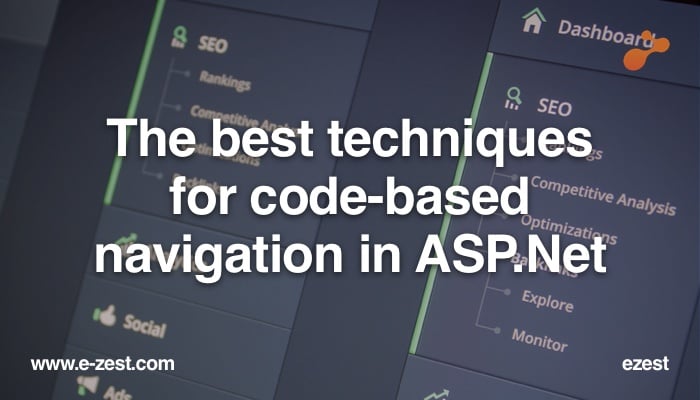When it comes to deciding between a relational (SQL) or non-relational (NoSQL) data structure, the user must consider the following key differences before making the database choice:
- Type
- Language
- Scalability
- Structure
- Performance
- Support
- Cost
- Who should use it?
1) Type
SQL database: Mostly SQL databases are called as Relational Databases (RDBMS)
NoSQL database: NoSQL databases are termed as distributed or non-relational database.
2) Language
SQL databases use structured query language for defining and manipulating data. SQL supports complex queries and requires predefined schemas to determine the structure of the data beforehand. All of the data must follow the same structure. Data is stored in tables and rows.
NoSQL databases have dynamic schemas for unstructured data. Data is stored in many ways like columns, documents, graphs or key-value paired. Documents can be created without defining their structure.
3) The Scalability
SQL databases are vertically scalable, that is, you can increase the load on a single server by increasing CPU, RAM or SSD. For example, adding more floors to the same building.
NoSQL databases are horizontally scalable, that is, you can handle more streams of traffic by adding more servers. For example, adding more buildings to the neighbourhood.
4) Structure
SQL databases are table-based. Relational SQL databases are a better option for applications having multi-row transactions for systems that are built for a relational structure. Usually Microsoft SQL Server, PostgreSQL, MySQL, Oracle, etc are the tools used for SQL databases.
NoSQL databases are stored as document-based, graph, key-value pairs, databases or wide-column. Usually MongoDB, Cassandra, CouchDB, Bigtable, FlockDB, ArangoDB, etc are the tools used for NoSQL databases.
|
SQL Database |
NoSQL Database (MongoDB) |
|
Is Relational database |
Is Non-relational database |
|
It supports SQL query language |
It supports JSON query language |
|
It is generally Table-based structure |
It is mostly Collection-based and key-value pair structure |
|
It follows Row-based structure |
It follows Document-based structure |
|
It follows Column-based structure |
It follows Field-based structure |
|
It supports foreign keys |
It does not support foreign keys |
|
It supports triggers |
It does not support triggers |
|
Schema is predefined |
Schema is dynamic |
|
Not good to use for hierarchical data storage |
Good to use for hierarchical data storage |
|
Due to Vertically scalability –user can increase RAM |
Due to Horizontally scalability – user can add more servers |
|
Highlights on ACID properties (Atomicity, Consistency, Isolation and Durability) |
Highlights on CAP theorem (Consistency, Availability and Partition tolerance) |
5) Performance
SQL databases performance tuning consists of making queries of a relational database run as fast as possible. Indexing in data structure improves the speed of data retrieval operations on a database table by providing rapid random lookups and efficient access of ordered records. It’s high-performing for complex queries.
MongoDB Performance As you develop and operate applications with MongoDB, you may need to analyse the performance of the application and its database. When you come across tarnished performance, it is mostly due to database access strategies or hardware availability or the number of open database connections. It’s high-performing for simple queries.
6) Support
SQL databases as a Microsoft product, SQL Server, includes live product support, and excellent documentation. All vendors of SQL database make available excessive support. Also, there are a number of consultations who can independently support you with SQL database of very comprehensive deployments.
NoSQL databases MongoDB hardly provides online support with documentation. Users have to depend on community support. Also, only limited external professionals are available who can help in setting up and deploying comprehensive NoSQL deployments.
7) Cost
SQL databases SQL Server Express is free to download and use, and it provides many of the features of the paid, full versions of Microsoft SQL Server (Enterprise, Standard and Web).
NoSQL databases offer more enhanced features than the other database platforms for which it requires more resources. This is one primary reason for it being more expensive than the customary SQL database.
7) Who Should Use It?
Microsoft SQL Server is one of the outstanding selections for small-to-medium sized organizations who need a high-quality, professionally managed database system with excellent support, but then don't necessitate the cost or scalability of an enterprise solution. If you have databases with clear schema definitions (predefined database structure) then go for SQL Server. Moreover, if you have a relational Database then SQL Server is the one to use.
MongoDB is a good option for organizations which have rapid growth or databases with unstructured data, or you can say with no clear schema definitions. If you cannot define a schema for your database, if you find yourself de-normalizing data schemas, or if your data requirements and schemas are constantly evolving - as is often the case with mobile apps, real-time analytics, content management systems, etc, MongoDB is the right option.

